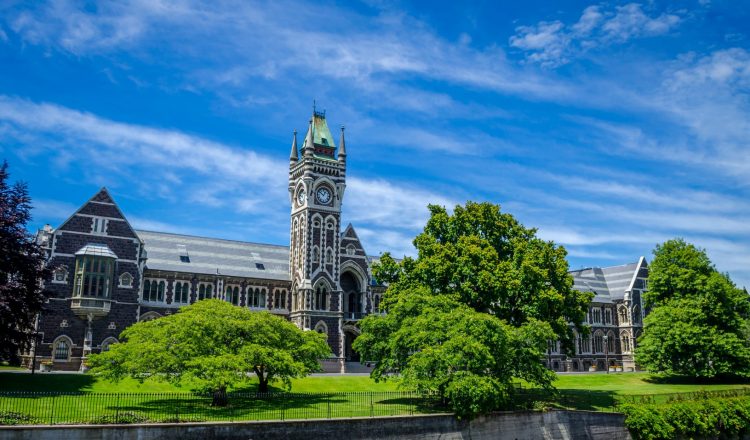关于新西兰教育
我们的教育体系反映了我们独特而多样的社会我们欢迎不同的能力、宗教信仰、族裔群体、收入水平和关于教学的想法。我们制定了流程,为我们的学生提供各级始终如一的、高质量的教育。
新西兰的教育是以学生为中心的途径,提供持续学习进展选择,以便:
- 学生每年都在进步,以及
- 他们在一个层次上的学习为沿着选择的道路的下一步奠定了基础。
早期学习有助于孩子们对世界充满信心和好奇。它可以帮助你的孩子在上学时做得更好,并帮助他们培养重要的技能,以便在以后的生活中变得强壮、快乐和成功。
幼儿教育(ECE)不是强制性的,但约 96.8% 的儿童参加欧洲经委会。
中小学是第二级教育。
如果您的孩子是新西兰公民或永久居民,则在国立学校(由政府拥有和资助的学校)的 5 至 19 岁之间免费接受教育。
6 至 16 岁以上学是义务教育。在大多数学校中,你的孩子可以在他们年满 5 岁的那一天开始上学(他们不必等到新学年开始)。但是,有些学校的政策是,在每个学期开始(队列入学)时将儿童作为一个群体一起入学。大多数孩子一直在学校直到 17 岁左右。
学校教育系统由 13 年级组成。你的孩子的初等教育从一年级开始,进入 8 年级(大约 5-12 岁)。你的孩子的中学教育从 9 年级到 13 年级(约 13-17 岁)。
本地学校
许多孩子去离他们居住的地方附近的学校。许多学校都有名为分区的招生计划。如果你住在学校附近的地区(学校的区域),你的孩子可以保证在那所学校找一个位置。如果你想让孩子去你居住的地区以外的学校上学,你可能必须申请,而且无法保证有一个地方。根据您所在地区的学校,您可以选择将孩子送往单性学校或男女同校。
国立、州综合学校和私立学校
新西兰的大多数学校都由国家(国立学校)拥有和资助。他们教国家课程并且是世俗的(非宗教)。国立综合学校是具有特殊性质的学校。他们由政府资助,教授国家课程。他们将有自己的一套目标和目标来反映他们自己的特定价值观,并在特定的哲学或宗教中设定。你需要支付强制性的出勤费。私立学校获得了一些政府资助,但大部分资金来自向家长收取学费。他们制定自己的学习计划,不必遵循国家课程。
在高中一级,学生可能会开始专攻职业学习。他们可以从一些方案和机构获得工作或继续教育的帮助。
青年保障
青年保障课程为 16-19 岁的学生提供了免费在高等教育机构获得 NCEA 1-3 级或 1-3 级证书的机会。这些课程通常以职业为重点。
交易学院
行业学院为 11-13 年级(15-18 岁)的学生教授贸易和技术课程。他们通过学校和其他提供商进行。
科技研究院
科技学院和理工学院教授从入门学习到学位的专业和职业教育和培训。行业培训组织代表特定行业(例如农业、建筑和建筑、汽车贸易)。他们为这些部门提供培训和资格。他们由政府和行业资助。
私人培训
私营培训机构提供证书和文凭级别的专门职业课程 (例如旅行和旅游业).
大学
新西兰有 8 所国家资助的大学。每所大学都提供多种科目的学位,并在专业专业学位方面具有优势。所有大学都在国际上获得了良好的认可。他们与其他国家的大学合作开展研究和教学方案,在研究和开发方面与新西兰和海外的商业界合作。

















































